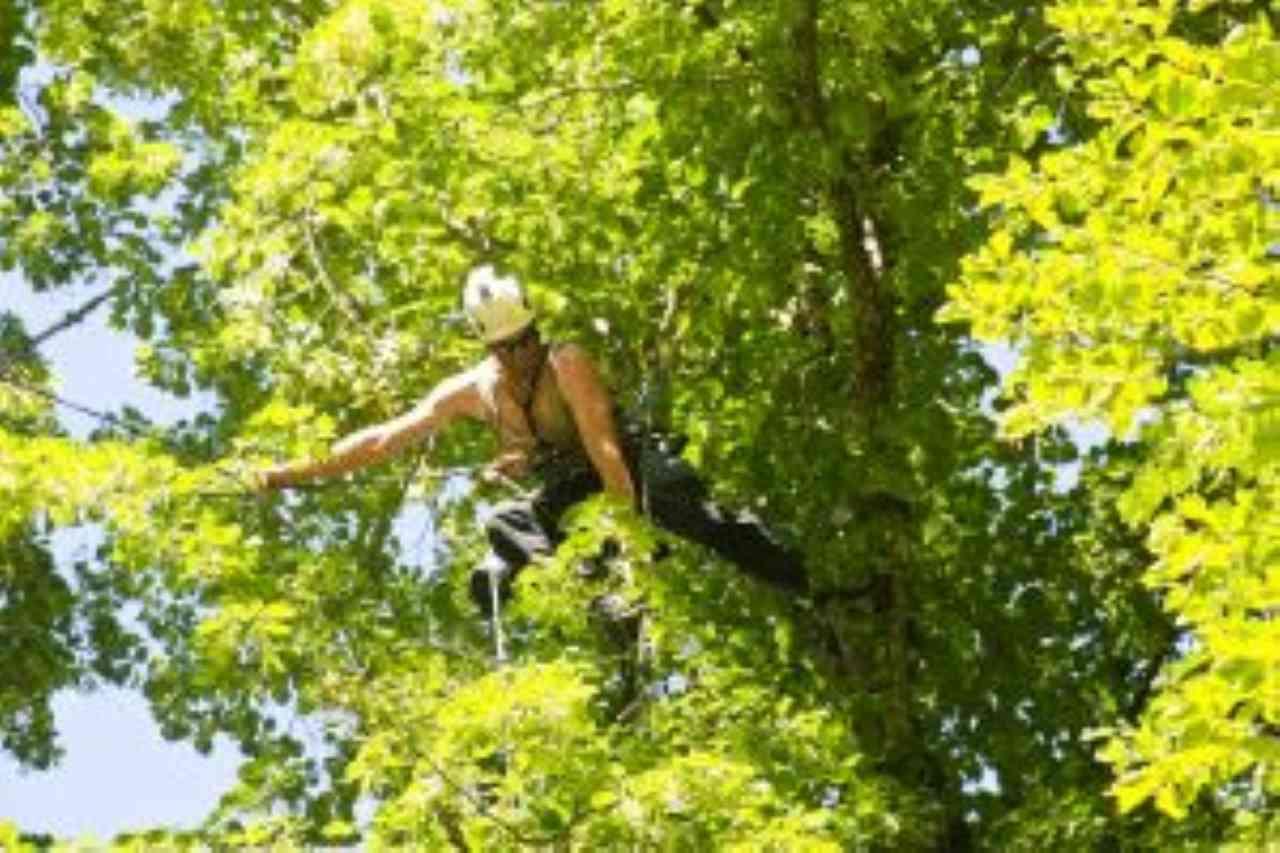Tree Pruning: Boost Tree Health, Shape, and Safety

Tree pruning isn’t just about cutting branches—it’s an art and science that helps trees thrive. Whether you’re maintaining a backyard maple or managing a commercial landscape, regular pruning is essential to keep your trees strong, safe, and stunning.
What Is Tree Pruning?
Tree pruning is the selective trimming of branches, limbs, and sometimes roots to improve a tree’s structure, health, and appearance. It involves removing dead, diseased, or overgrown branches to:
-
Encourage healthy growth
-
Prevent safety hazards
-
Improve light and air circulation
-
Maintain a pleasing shape
Think of it as giving your tree a haircut—it looks better and feels better after.
Why Is Tree Pruning Important?
Pruning isn’t just cosmetic. Here’s why it matters:
-
🌳 Health – Pruning removes infected or pest-ridden branches before they spread.
-
🪓 Safety – Dead limbs can fall during storms and damage property or injure people.
-
🌞 Sunlight Penetration – More sunlight helps plants below the canopy thrive.
-
✂️ Shape Control – Keeps the tree balanced and stops it from growing into power lines or buildings.
-
🌼 Flower & Fruit Production – For fruit trees, proper pruning boosts yield and quality.
Types of Tree Pruning
Not all pruning is the same. Different goals require different techniques:
1. Crown Cleaning
Removes dead, dying, or diseased branches. It’s the most common and basic form of pruning.
2. Crown Thinning
Reduces the density of branches to let in light and reduce wind resistance—great for large trees.
3. Crown Raising
Removes lower branches to clear space for pedestrians, buildings, or vehicles.
4. Crown Reduction
Cuts back the overall height or spread of the tree. Ideal for trees too close to power lines or buildings.
5. Structural Pruning
Focuses on young trees to establish a strong, balanced framework as they mature.
When Is the Best Time to Prune Trees?
-
Late winter or early spring (before new growth) is usually ideal for most trees.
-
Avoid pruning in fall, as this can encourage new growth just before frost.
-
Summer pruning can help control size or remove unwanted growth after the tree has leafed out.
Some flowering and fruit trees have specific pruning seasons to maximize blooms or harvests.
Signs Your Tree Needs Pruning
-
Broken or hanging limbs
-
Branches rubbing together
-
Overgrown limbs touching roofs or power lines
-
Dead or diseased wood
-
Sparse light reaching your lawn or garden
-
Misshapen or unbalanced canopy
If you notice these, it’s time to call a certified arborist.
DIY vs. Professional Tree Pruning
DIY pruning is okay for small trees and basic maintenance. But for large or mature trees, hiring a pro is safer and more effective.
Pros have:
-
Specialized tools
-
Knowledge of tree biology
-
Safety gear and insurance
-
Training to avoid over-pruning, which can harm or kill a tree
Don’t take risks with ladders and chainsaws—let the experts handle the high branches.
Common Tree Pruning Mistakes
Avoid these pitfalls:
-
Topping – Cutting off the top of a tree weakens and stresses it.
-
Lion-tailing – Over-thinning the inner branches leaves the tree vulnerable.
-
Over-pruning – Removing too much reduces the tree’s energy and defense.
-
Bad timing – Pruning during active growth or extreme cold can shock the tree.
Always follow best practices—or better yet, trust a professional tree service.
How Often Should Trees Be Pruned?
-
Young trees – Every 2–3 years for shape and structure
-
Mature trees – Every 3–5 years depending on species and growth
-
Fruit trees – Annually, usually late winter or early spring
-
Evergreens – Rarely need pruning unless damaged or misshapen
Regular maintenance keeps your trees healthy and prevents costly problems down the line.
Benefits of Regular Tree Pruning
✅ Enhances curb appeal
✅ Prevents property damage
✅ Promotes long-term tree health
✅ Keeps walkways and driveways clear
✅ Increases air and light flow in your yard
A little trimming goes a long way!
Conclusion
Tree pruning is essential to safe, healthy, and beautiful landscapes. Whether you’re trying to remove storm-damaged limbs, improve your tree’s shape, or encourage better growth, pruning is the key. Just remember—when in doubt, call in the experts. They’ll make sure your trees are trimmed with care, skill, and precision.








